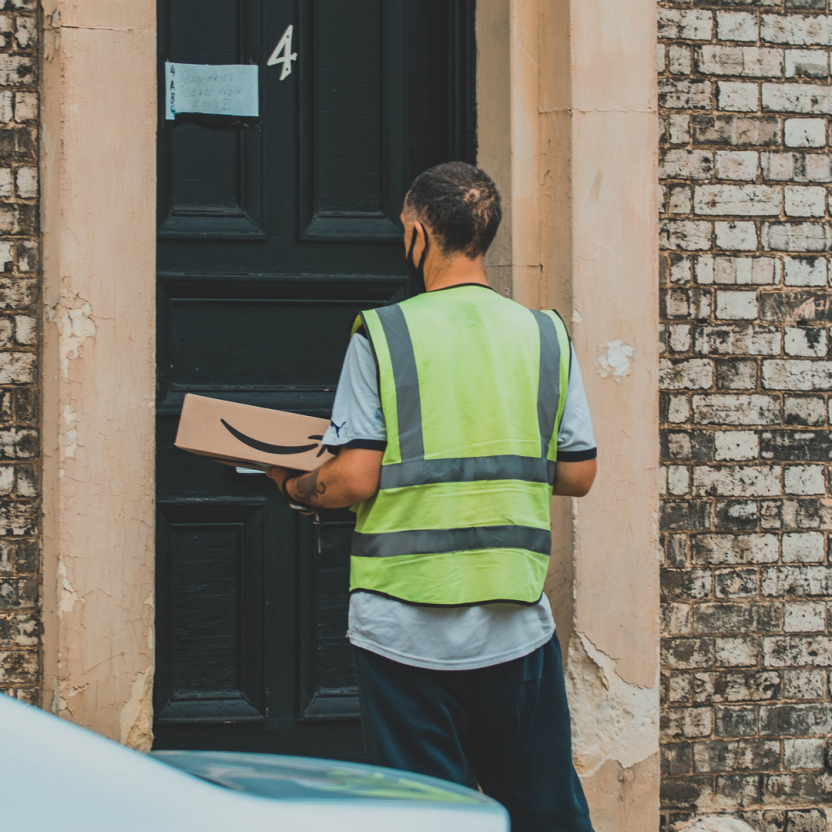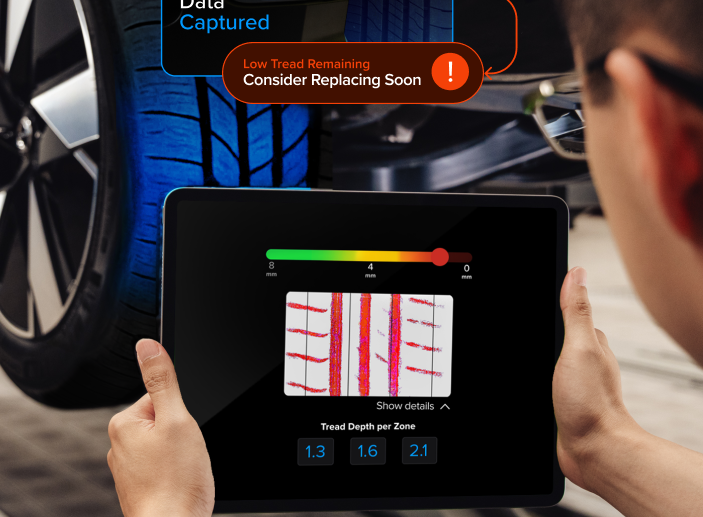
How Electronic Proof of Delivery and OCR improve delivery processes
The number of deliveries made each day has increased substantially over the last few years. A paper-free delivery process eliminates much of the frustration and delay. Consider what an ePod software solution could mean for you.
Jump to key topics
Jump to key topics
1. What is electronic proof of delivery software?
Electronic proof of delivery (ePOD) promotes paperless data capture in the field. It can be installed on most mobile devices and enhances visibility and control of activities performed by delivery, collection, and service teams.
Long gone are the days of a customer having to sign for a delivery to allow for invoicing. Logistics providers and retailers today have the ability to capture large amounts of data and cut costs while doing so. Now ePOD software is more in-demand in numerous industries, becoming the must-have technology to improve mobile workforce operations.
2. How does electronic proof of delivery software work?
Most often, ePOD software has two components, a mobile application that collects data in the field and a management portal for office-based staff who amend and review data.
The mobile application enables mobile workers to collect proof of delivery data and other operational information throughout the day. These tools operate on typical smartphone devices, allowing for easy communication. It’s collected through the device and then transmitted back to the central portal in real-time.
There, teams can create forms and workflows for mobile workers to use, set up automated customer contact, send messages to drivers, and monitor data coming in. Any manager or other stakeholder gains the visibility they need without any additional cost.
3. What types of data can be used by proof of delivery softwares to collect?
This modern electronic proof of delivery software supports multiple data collection options beyond the traditional signature. That includes numerical values, photos, customizable forms, and more, all of which is easily configurable to the operation itself. This allows organizations to capture onsite delivery data and operational information such as vehicle checklists with ease and speed.
Mobile workers typically need to be able to scan a variety of data sources. For example, workers need to scan a passport or a drivers license with ID scanning. The device used needs to be able to scan various forms of ID from numerous nationalities.
They also need to be able to scan barcodes. This can be a complicated problem since there are so many different types of barcodes today. Some of the most common include:
- EAN-8, EAN-13- EAN-18, EAN-99, EAN-128
- ISBN-10, ISBN-13
- Data Matrix
- QR-Code, Micro QR-Code
- Code-11, Code-32, Code-39, Code-93, Code-128
- US Postnet, US Planet, US Postal
- Inverted Data Matrix
- 1D Inverse Barcode
4. What technologies are there to help collect the data?
To work in all circumstances, electronic proof of delivery software requires technologies for collecting vital data like AI-based Optical Character Recognition (OCR). This technology lets mobile workers scan customer IDs in seconds. To work like this, all the smart device needs is to have a camera. The data collected is then sent to the management portal without any risk of being shared with third parties.
OCR technology like Anyline’s Mobile ID Scanning provides a secure, quick, and accurate data collection method for electronic proof of delivery software. It covers a wide range of IDs such as ID cards, passports, and visas. It works with standards TD-3 and TD-2 as well as the three-line standards TD-1, MRV-A, and MRV-B. The Universal ID scan model supports all MRZ documents, PDF417 documents, and supports several European, US, and Australian driver licenses. It also supports European identity cards.
Additionally, ePOD software needs a barcode scanning solution. Anyline’s Barcode Scanning integrates into the ePOD software just as its OCR technology does.
The benefit here is that these software components allow for a single device to be used rather than multiple devices to gather the same information. Anyline’s mobile SDK for barcode scanning reads and processes all standard barcodes, including legacy symbologies, postal codes, and scans 2D barcode and 1D barcode symbologies.
5. What are the benefits of using OCR and barcode scanning for your ePOD system?
There are many benefits of ePOD software systems:
- Fewer delivery and pick-up errors
- Faster data input and clear instructions
- Real-time visibility on status of pick-up and delivery
- Instant incident information
- Goods and transit assets are easily traced
- Lower costs from controlled returnable asset management
- Reduced errors and back-office administration tasks

6. How can Anyline be integrated into your ePOD software?
Anyline works with all smartphones that run Android, UWP, or iOS. With the use of standard mobile devices that workers already know how to use, this scanning is inexpensive and fast. It can even be used on the worker’s own smartphone.
In order to get Anyline’s OCR technology as well as Anyline’s barcode scanning technology for your ePOD software, you can simply integrate Anyline’s software development kit (SDK) into your ePOD software.
More so, Anyline’s software development kit is easy to integrate and offers hands-on support from customer service teams. It offers support for common integration frameworks such as Xamarin, React Native, and Cordova. Integrate it in any app and in many mobile devices. Test it for yourself today with our demo app, or get the 30-day free trial for our SDK.

